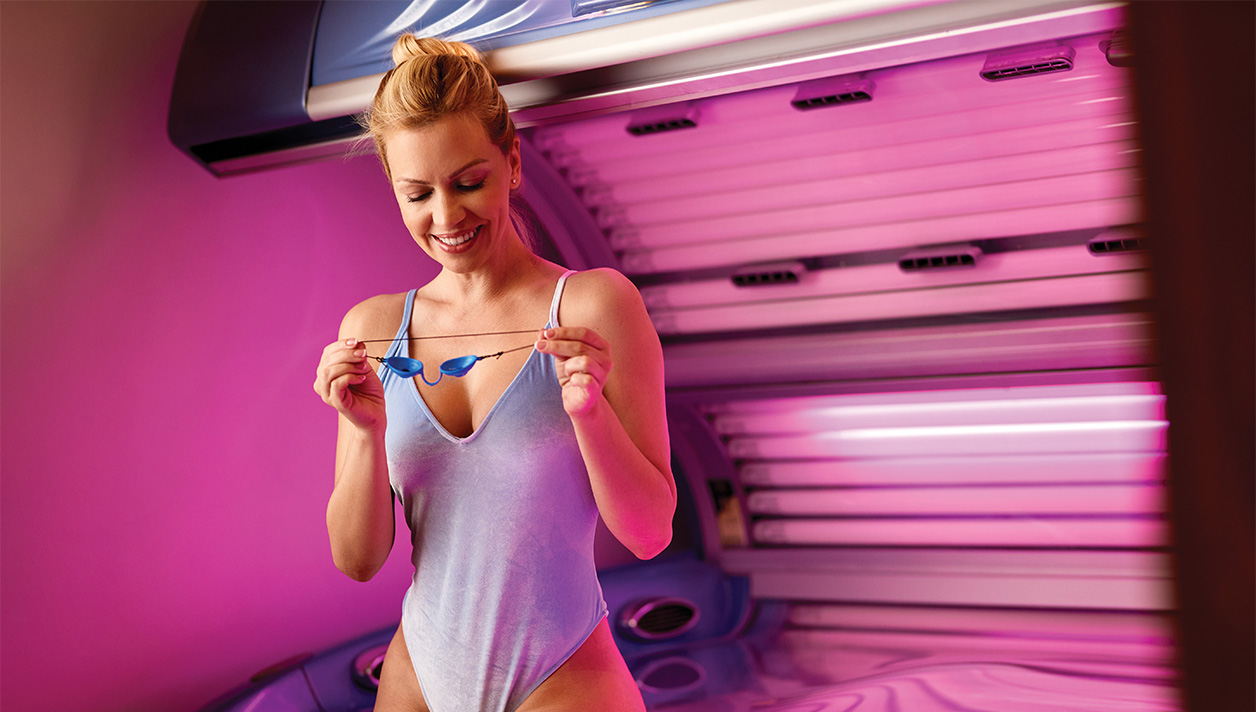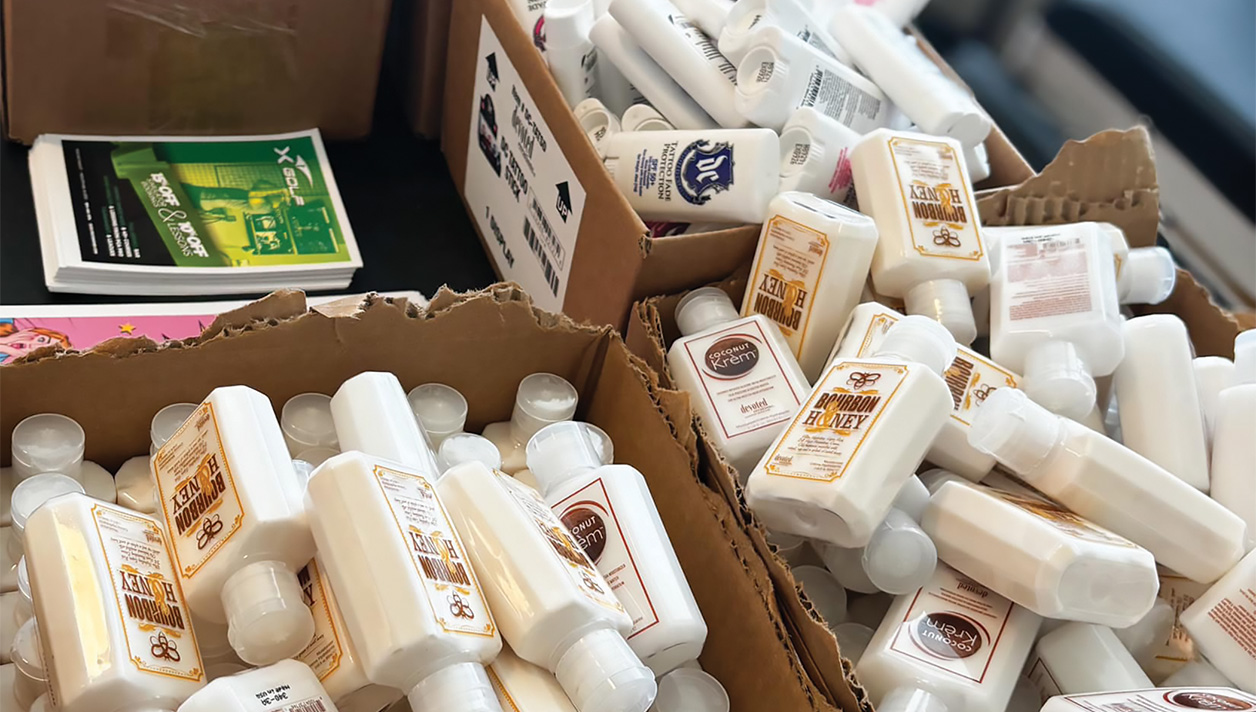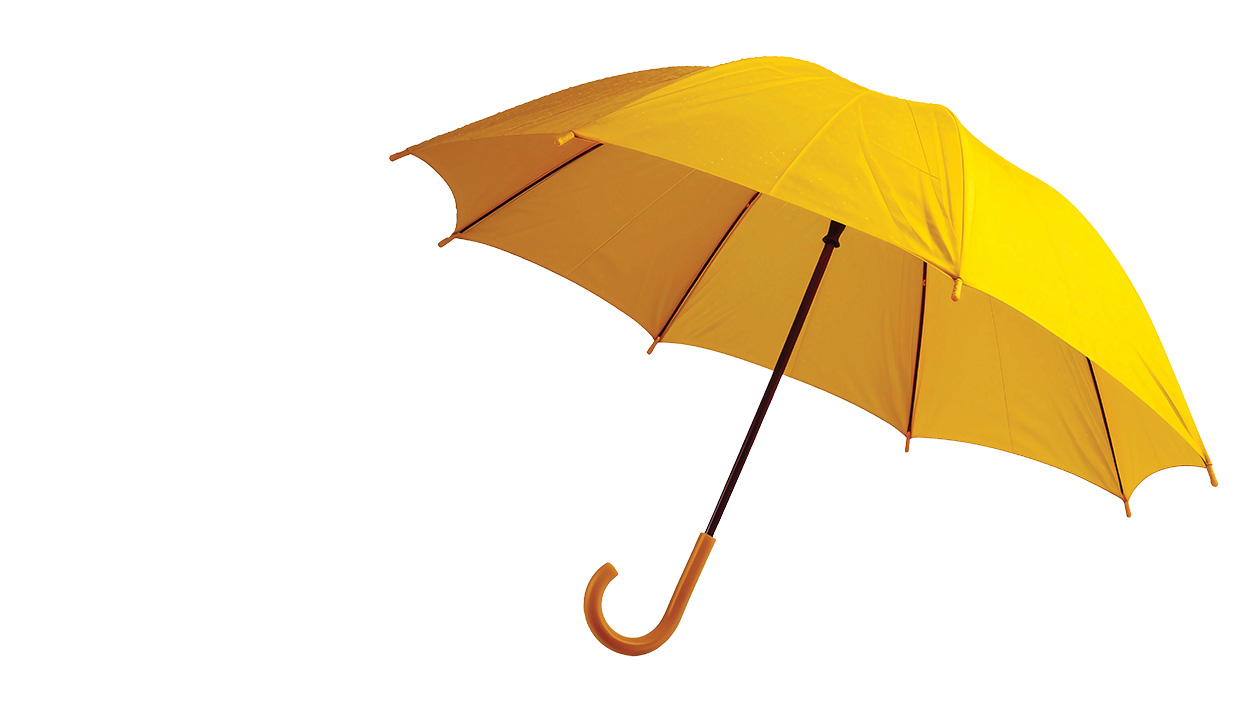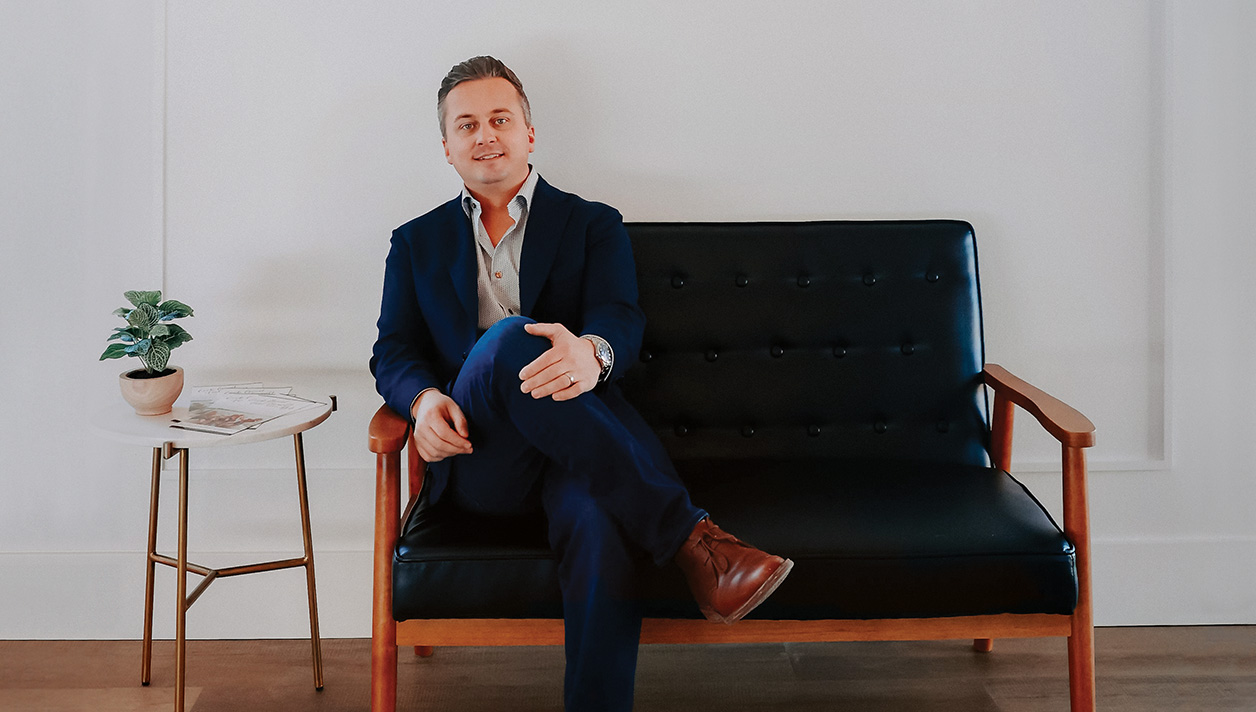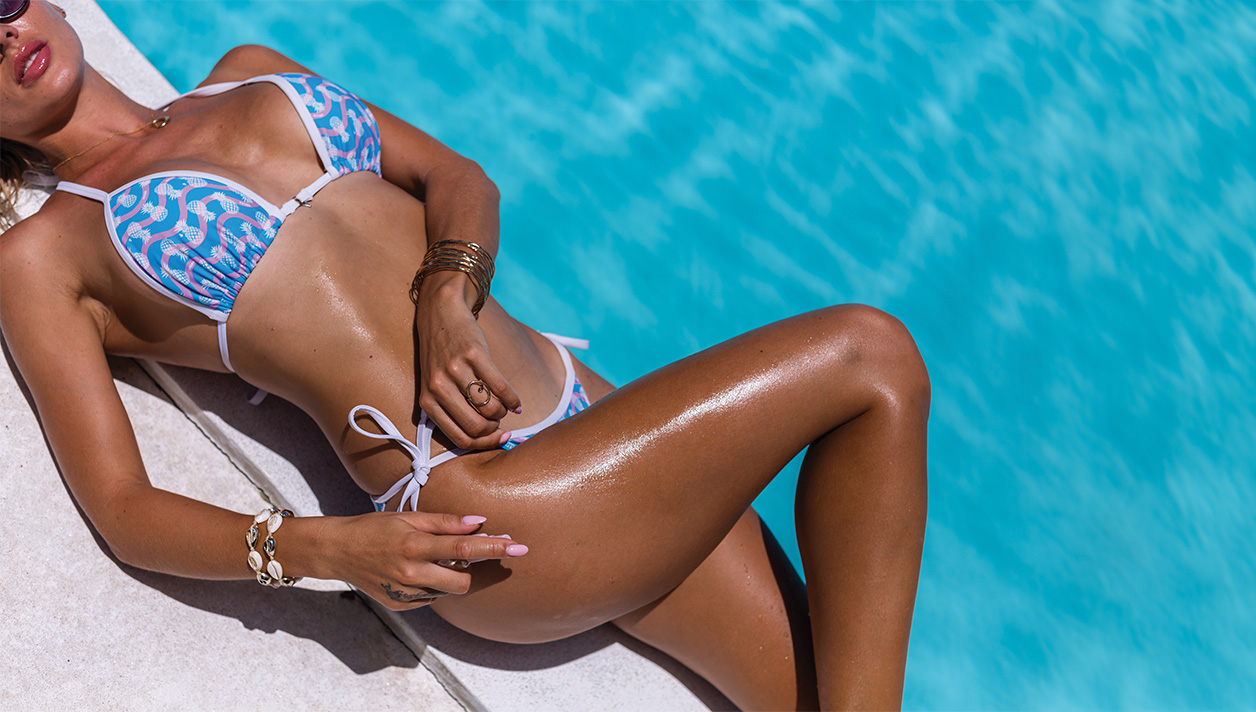With a lot of time being spent at home in these continuing COVID days, I enjoy watching some of the classic, old school movies. “It Happens Every Spring” is one such flick. Released in 1949, it’s a baseball story of a college prof who invents a substance that repels wood. What a great idea for a major league pitcher to, ahem, use. Thus, the professor becomes that pitcher. It’s really campy and baseball aficionados will wince at some of the action that is less than stellar … but I digress. It’s also time for the annual onslaught of anti-tanning media reports to spring into action. Here are some snippets from a recent article in the February 2021 issue of Forbes.
MYTH: Tanning beds are safer than sunbathing.
“Tanning booths and beds expose you to ultraviolet rays that can cause serious DNA damage, increasing your risk of developing skin cancer. The amount of UV radiation emitted by these indoor lamps exceeds ten times that emitted by the sun during peak hours.” That’s the reply from Dr. Julie Karen, Board Certified Derm, the source Forbes used for the article.
Well, isn’t that special? This is an all-time favorite of those anti-tan folks, trying to compare any exposure in a tanning bed to a quantifiable measure of natural sunlight exposure. But, as most denizens of tanning salons are aware, there is a plethora of tanning bed models with different types of lamps offering varied amounts of UV output and intensity. But, certainly, the biggest gaff is overlooking the fact that there isn’t one “generic” level of sunlight intensity during “peak” hours (what time IS peak?) The sun’s intensity is subject to a variety of factors: time of day, time of year, reflective surfaces like snow, sand and water, as well as altitude, and proximity to the equator. At 12pm on a winter day in St. Paul, MN, the sun’s intensity is certainly not the same as it is at 12pm on a sunny, cloudless summer day on a beach in Rio de Janiero. C’mon, man!
MYTH: I’m not at risk of developing skin cancer in the winter months or when it’s cloudy because the sun isn’t as strong.
Dr. Karen’s reply: “The harmful UV rays emitted by the sun – that are largely responsible for all of the major types of skin cancer, including melanoma – are present year-round. Also, they can penetrate through clouds and even glass windows.”
Okay, Dr. Karen, I’m with you on UV’s ability to penetrate clouds, but how much time does one actually spend behind a window directly in line with the sun and how much UV actually penetrates window glass? Well, cancer.org tells us that 100% of UVB and UVC are blocked by the glass, but depending upon the source, some or maybe 50% of UVA that may cause skin-aging can get through it. Okay, let’s play that out. Time and intensity are paramount to UV overexposure. Maybe, IF you had a window that allowed sunlight transmission throughout the day and IF you rotated your chair to maintain that exposure all day and IF you did that daily over a long period of time, maybe it could have an effect. But that would also be dependent on your skin type and links to skin cancer by your heredity.
So, welcome to spring and the onslaught of negative tanning media. It could be a busy time for the Watchdog!


